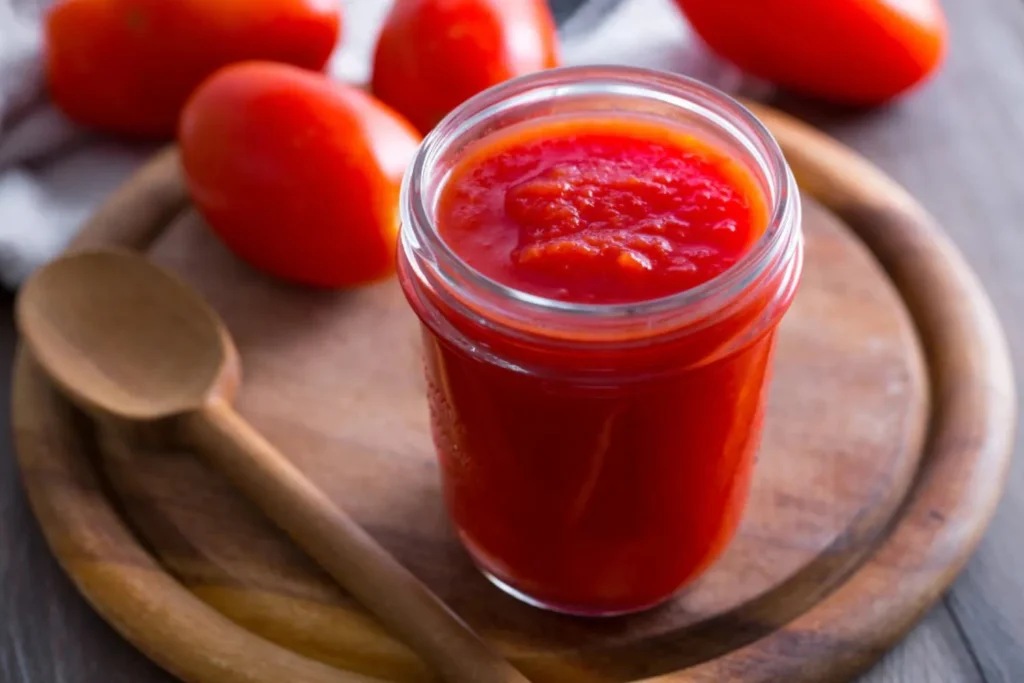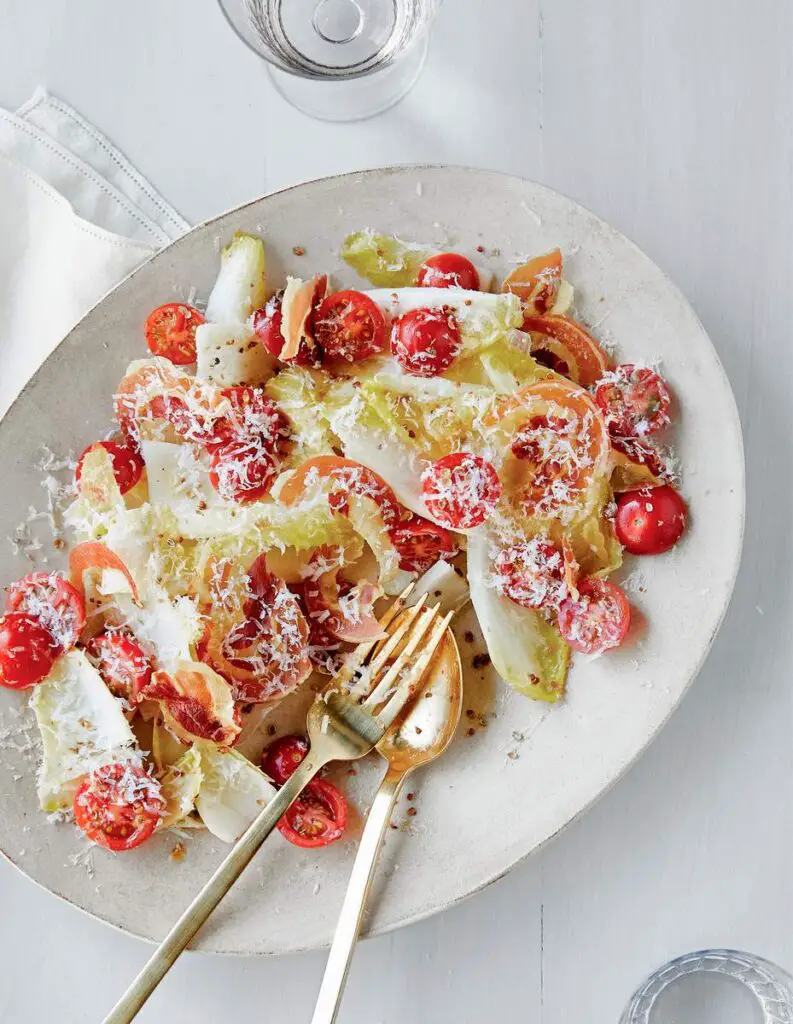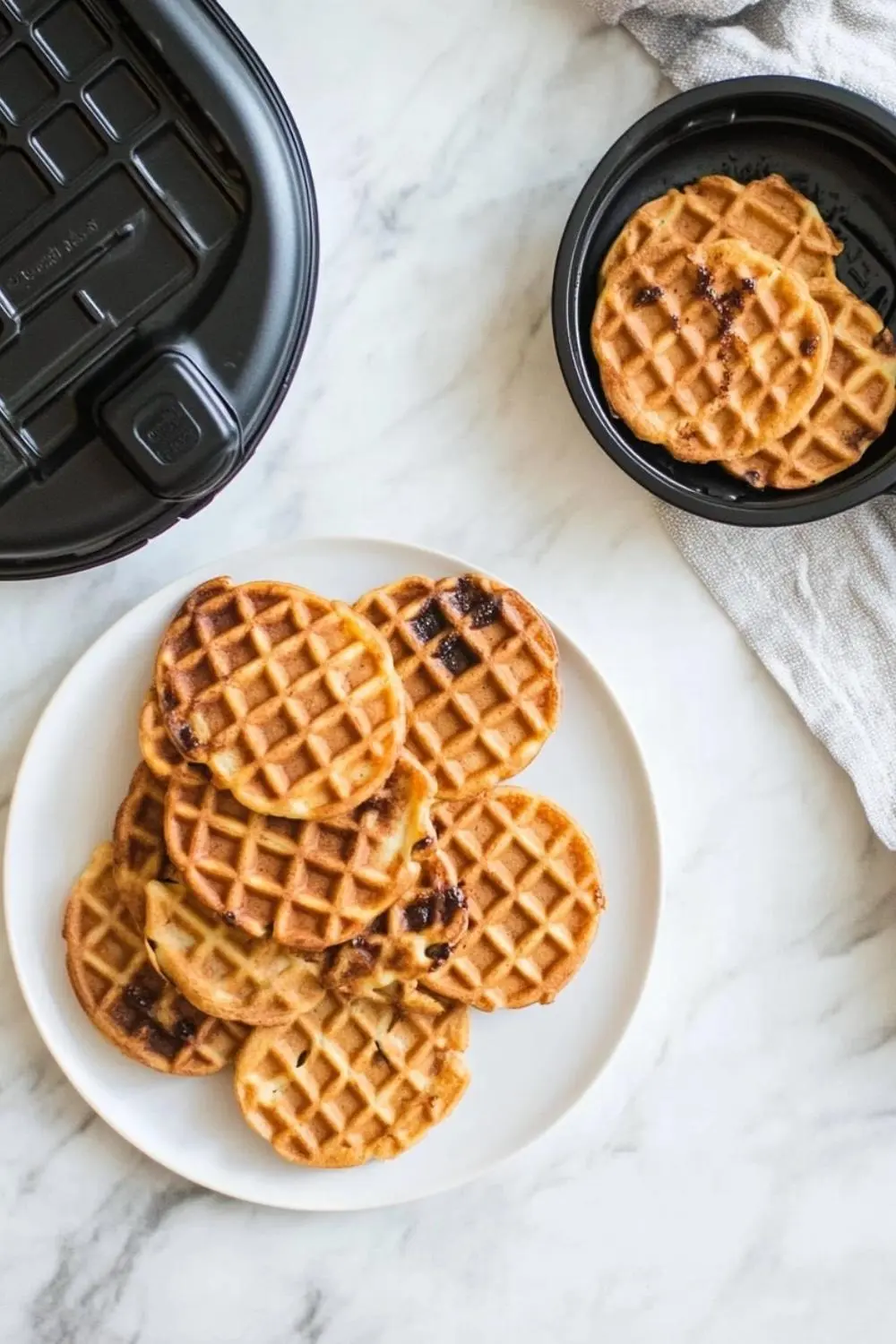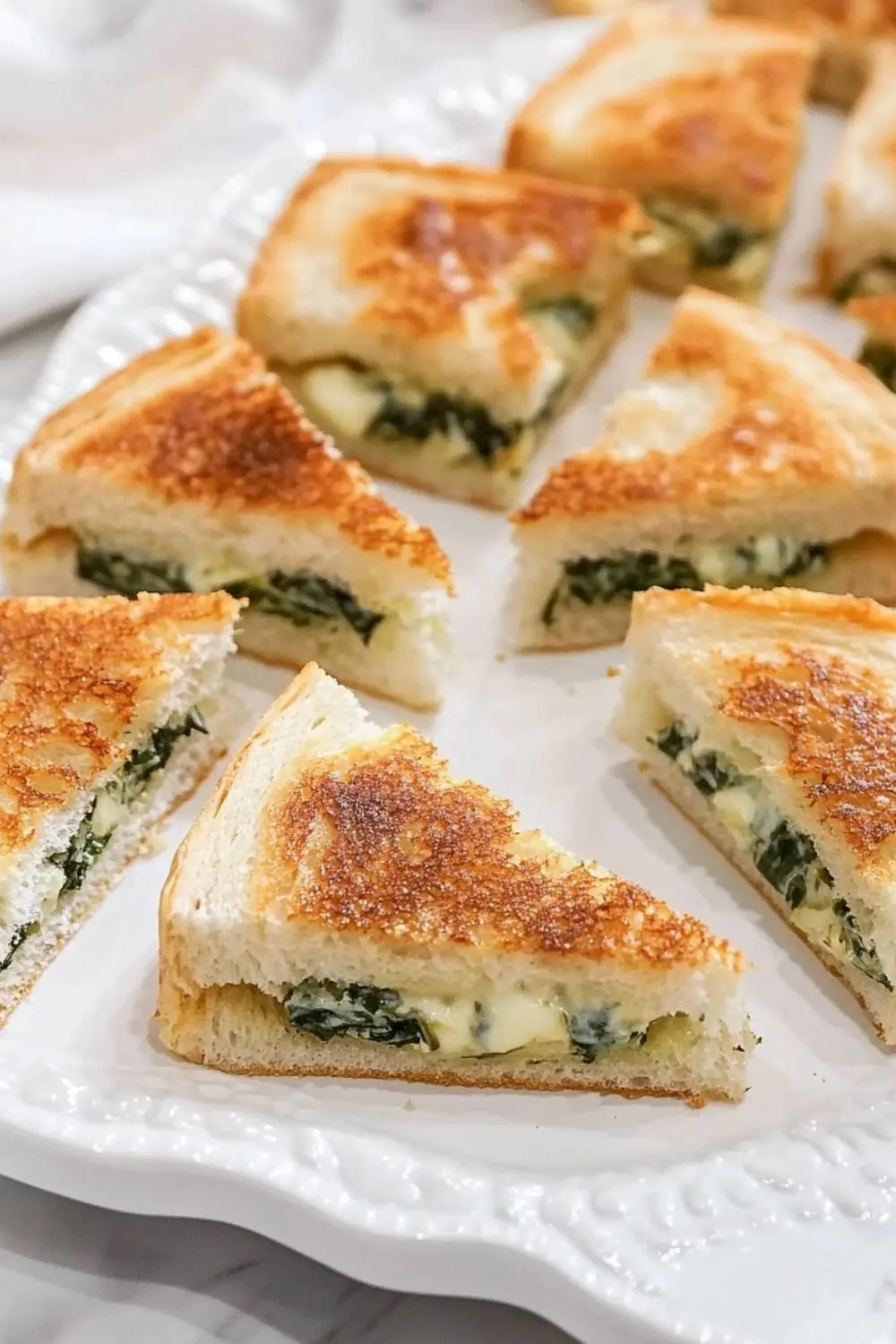If you love cooking Italian, there’s one pantry staple you should absolutely get familiar with: Tomato Passata. It’s smooth, it’s vibrant, and it brings the taste of ripe summer tomatoes to your kitchen—no peeling, seeding, or cooking required.
Whether you’re building a quick pomodoro sauce or brightening up a cold-weather soup, passata is your secret shortcut to fresh, full-flavored tomato goodness.
Let’s break down what makes it different from puree or crushed tomatoes, and how to use it like an Italian home cook.
What Is Passata?
Tomato passata is an uncooked, strained tomato puree that contains no seeds or skins. It’s typically made from sweet, ripe Italian tomatoes that have been milled into a velvety-smooth consistency, then bottled without any major cooking or added flavoring.
Think of it like this:
- Not as thick or concentrated as tomato paste
- Smoother than crushed tomatoes
- Fresher and cleaner-tasting than most canned tomato products
Because it hasn’t been simmered or seasoned, passata offers a bright, raw tomato flavor—like grating fresh tomatoes yourself, only easier (and available year-round).

How Is Passata Different from Other Tomato Products?
You might be wondering: Can’t I just use canned tomatoes or puree instead?
Not quite.
Passata is unique because:
- It’s uncooked, keeping its natural sweetness and acidity
- It’s silky and uniform, unlike chunky crushed tomatoes
- It’s free of additives, giving you control over seasoning
Still unsure when to use each tomato type? Check out Fresh vs Canned Tomatoes: When to Use Each for the Best Flavor.
How to Cook With Tomato Passata
Use It in Quick-Cooking Sauces
Passata shines in recipes where the tomato flavor should stay fresh and front-and-center—not buried in a long-cooked ragu. Because it’s already so rich and smooth, it doesn’t need hours of simmering.
Use it in:
- Simple pomodoro sauces for pasta like Cherry Tomato Spaghetti
- Spicy tomato-based sauces, like Giada’s Spicy Tomato Sauce
- Pizza sauce bases for a bright, clean finish
- Quick soups like Hearty Tomato Soup with Lemon and Rosemary
- Seafood dishes like Mussels, Clams, and Shrimp in Spicy Tomato Broth
✨ Try using passata in winter to bring summer tomato flavor back to your plate—it’s sunshine in a jar.

Bonus: A Smooth Finish for Dressings and Salads
Because of its clean texture, passata also works in savory vinaigrettes or tomato-forward salad dressings.
For example, a drizzle of passata mixed with olive oil and balsamic could punch up the base of something like Giada’s Endive, Pancetta, and Tomato Salad.
Packaging Matters: Why It’s in Glass (Not Cans)
You’ll notice that real passata is almost always sold in glass jars or paper cartons, not metal cans. That’s intentional—because it’s uncooked and minimally processed, passata can pick up a tinny flavor from metal packaging.
So if you’re looking to stock your pantry, aim for:
- Italian-made brands
- Bottled in glass
- Labeled “passata” or “strained tomatoes”
Why Passata Deserves a Spot in Your Pantry
Tomato passata is more than just another tomato product—it’s a versatile, clean-tasting base for simple meals that taste like you spent hours on them.
If you love tomato sauces that are smooth, vibrant, and not overly cooked, this is your shortcut to that Italian flavor you crave.
So next time you’re building a fresh-tasting pasta dish, throwing together a tomato-based soup, or looking to brighten up your winter cooking—reach for passata. Your taste buds will thank you.









